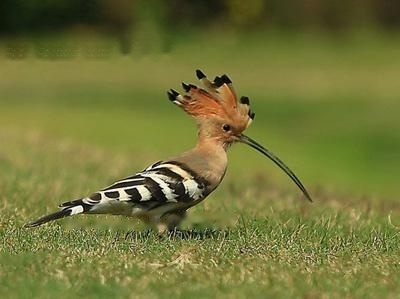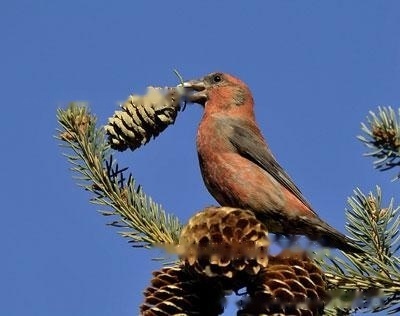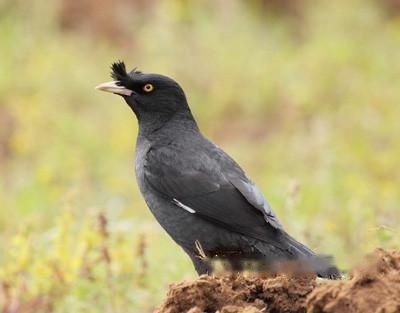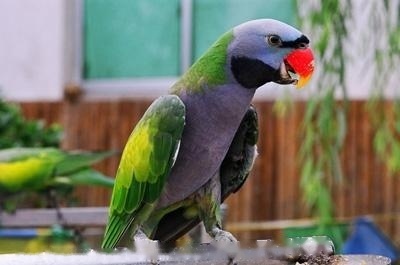More alone or paired activities. It often walks slowly on the ground, foraging while walking, and when frightened, it flies up a branch or a certain distance and then falls to the ground. When flying, its wings flap slowly and move forward in waves. When resting or foraging on the ground, the feather crest is opened and shaped like a fan, and it is immediately attached to the head when it is startled. The temperament is more docile and not afraid of people. The sound is like 'flutter-flutter-flutter', thick and low. During the call, the crown feathers rise, swirl and fall down. With the call, the feather crown rises and falls together. When the call is made, the throat and neck are elongated and bulged, the head is stretched forward, and the head is constantly nodding while walking.
Mainly with Hiptera, Orthoptera, Hymenoptera, Coleoptera and Lepidoptera insects and larvae, such as locusts, mole crickets, stone flies, scarabs, worms, jumping cockroaches, moths and butterflies They feed on larvae and adults, as well as other small invertebrates such as worms. Foraging mostly on forest edge grasslands or cultivated land, often inserting long mouths into the soil to feed.




